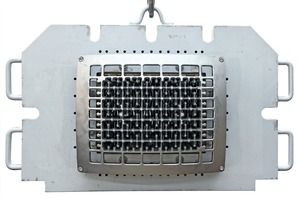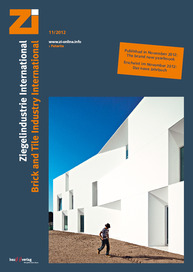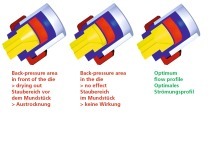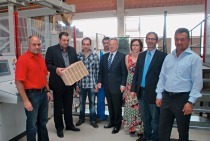Rising requirements of customers for the quality of “brick” products mean for modern brickworks increasing efforts and consequently growing production costs. To that end, clay preparation equipment and extruders, for example, have been optimized. In the meantime the clay blends used – often with addition of bought-in clays – have been adapted to the specific products and especially to the sizes produced. Equally, the drying curve and firing control in the tunnel kiln have been improved substantially and are now more efficient. The supplier of shaping components such as dies and pressure heads,...







